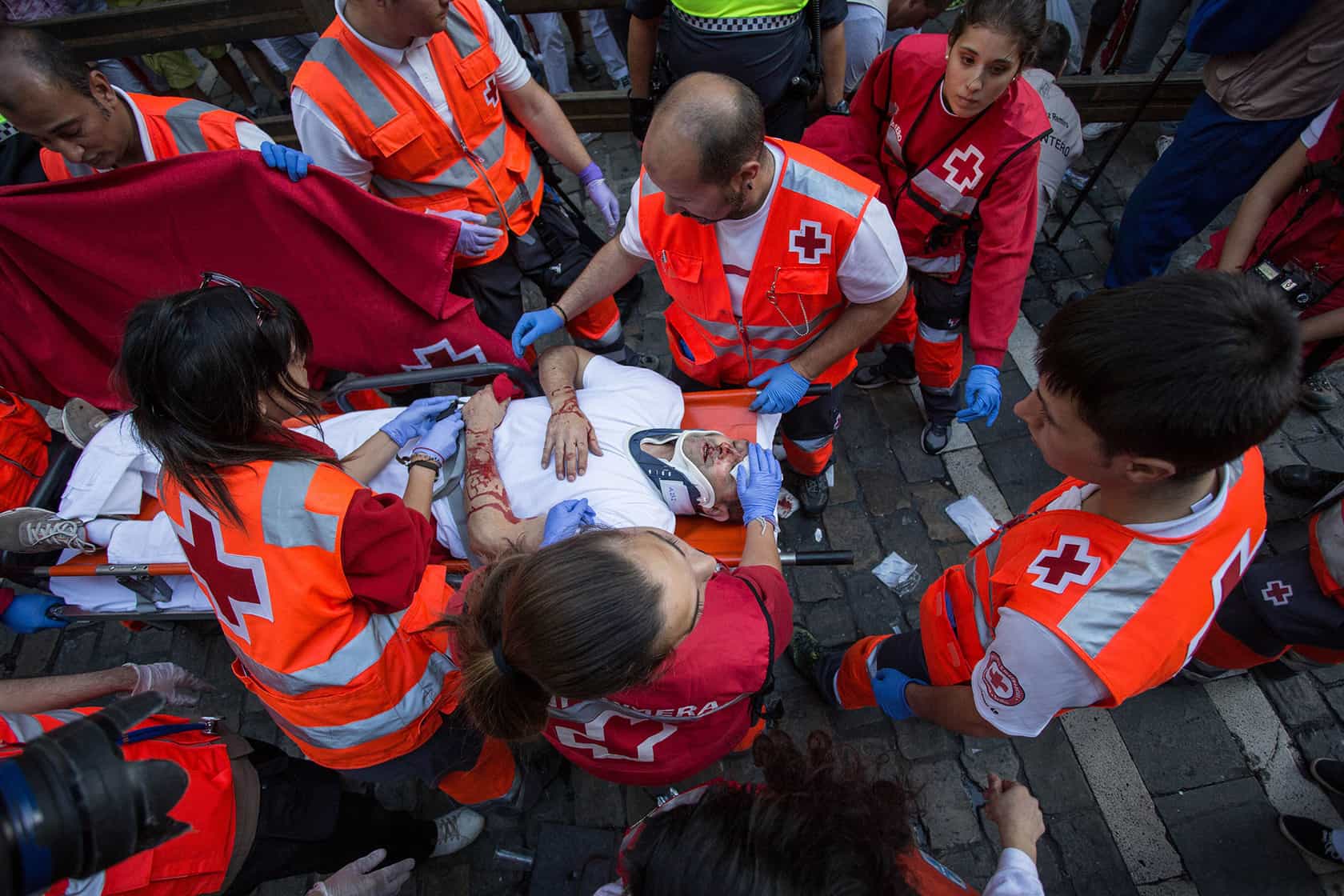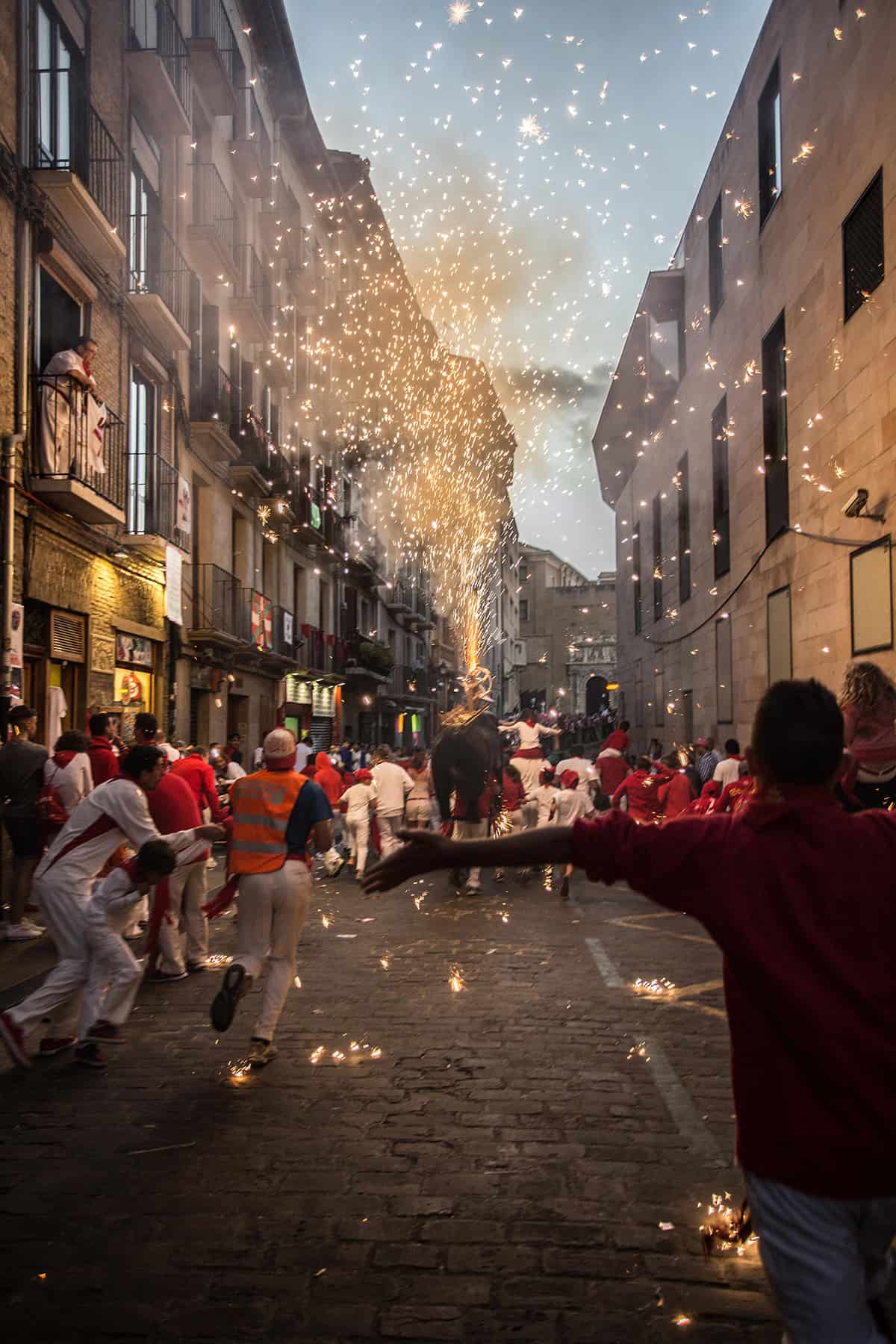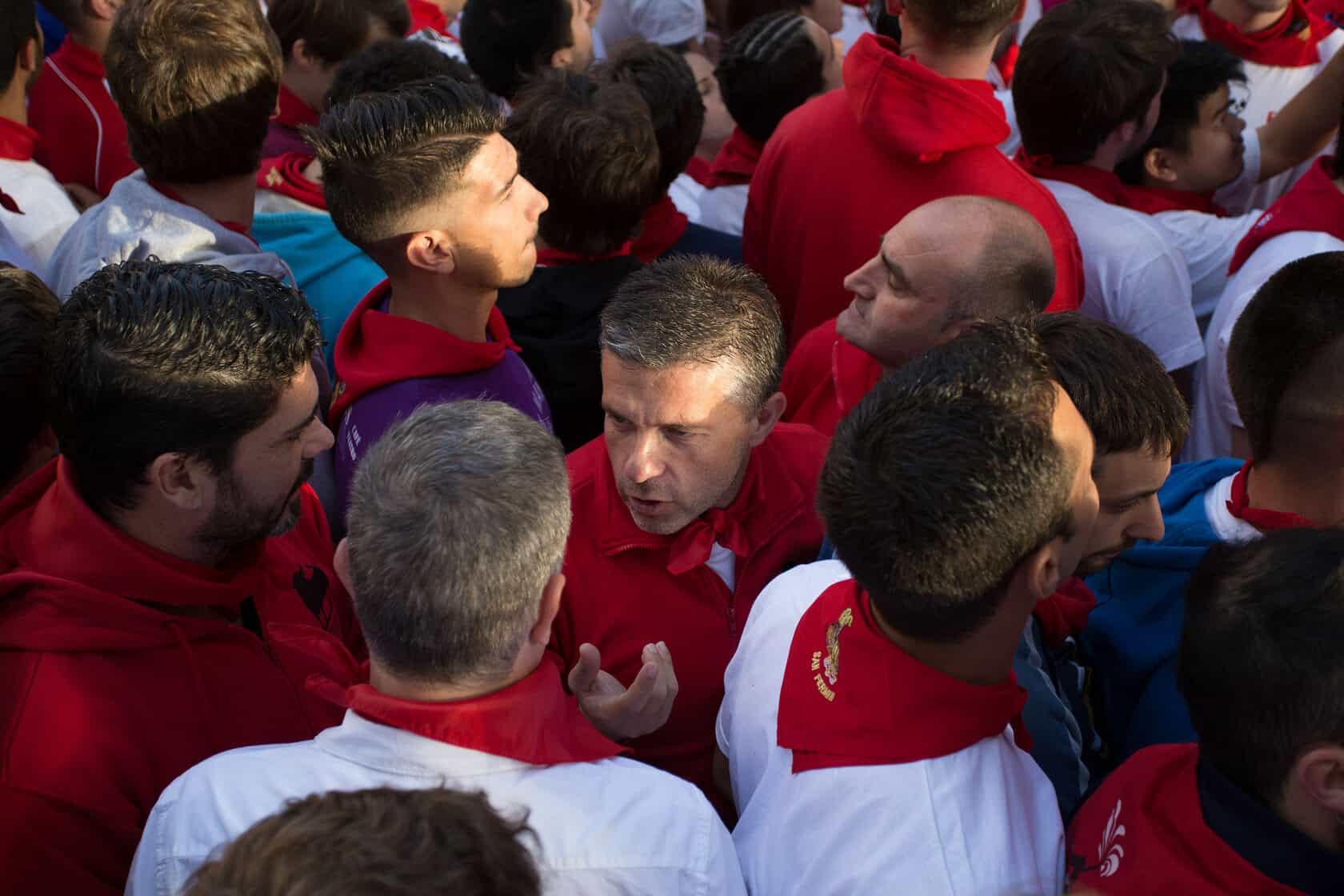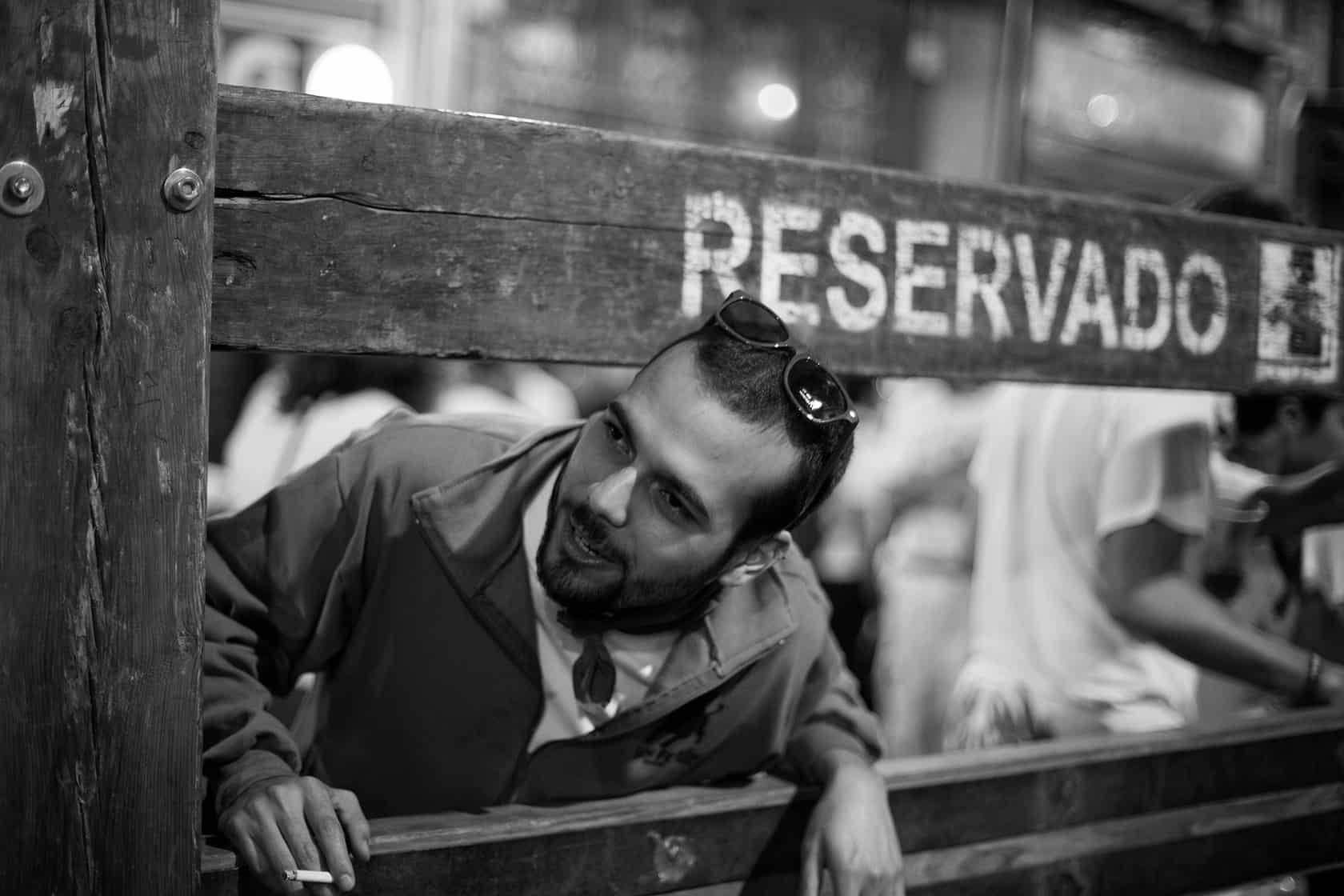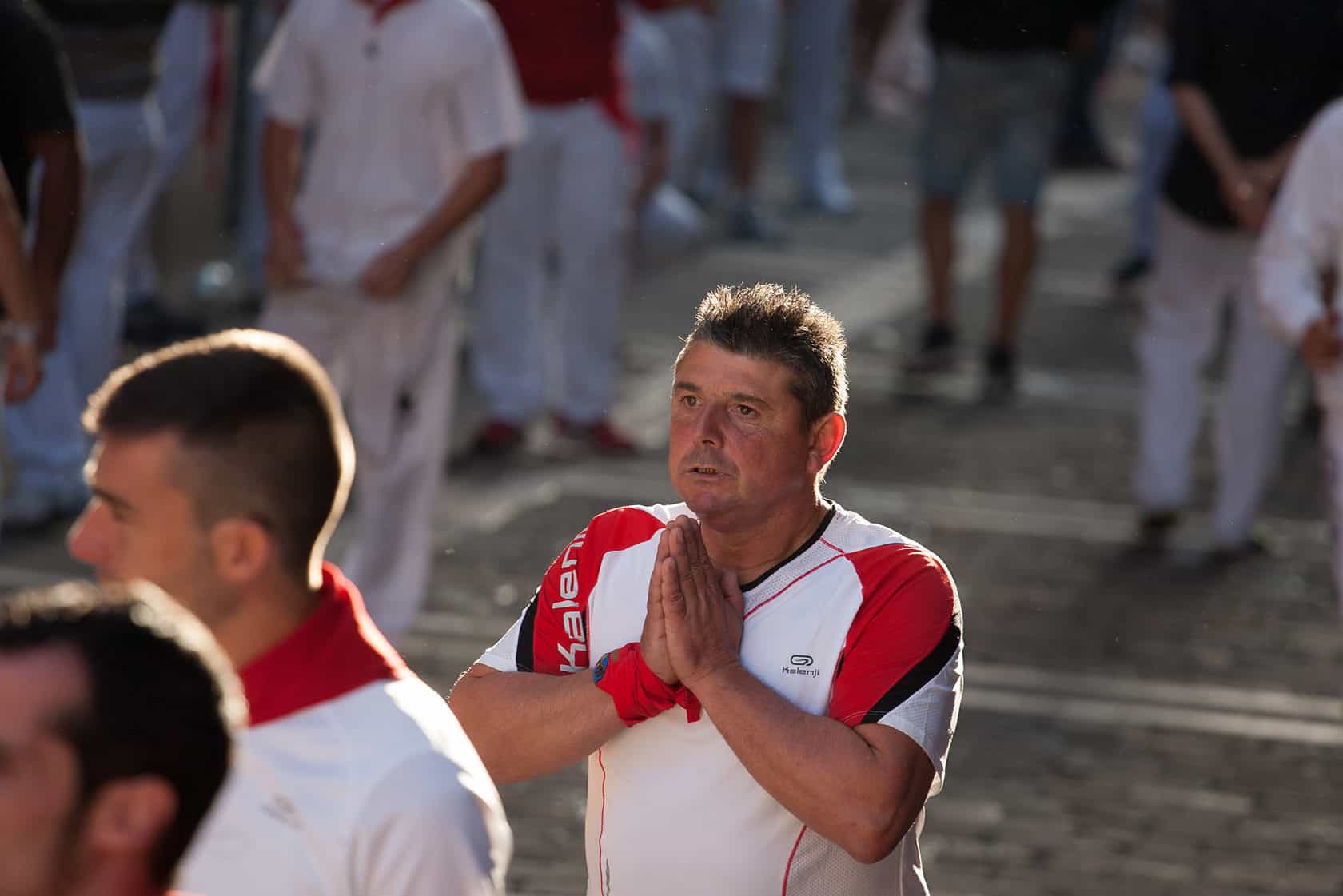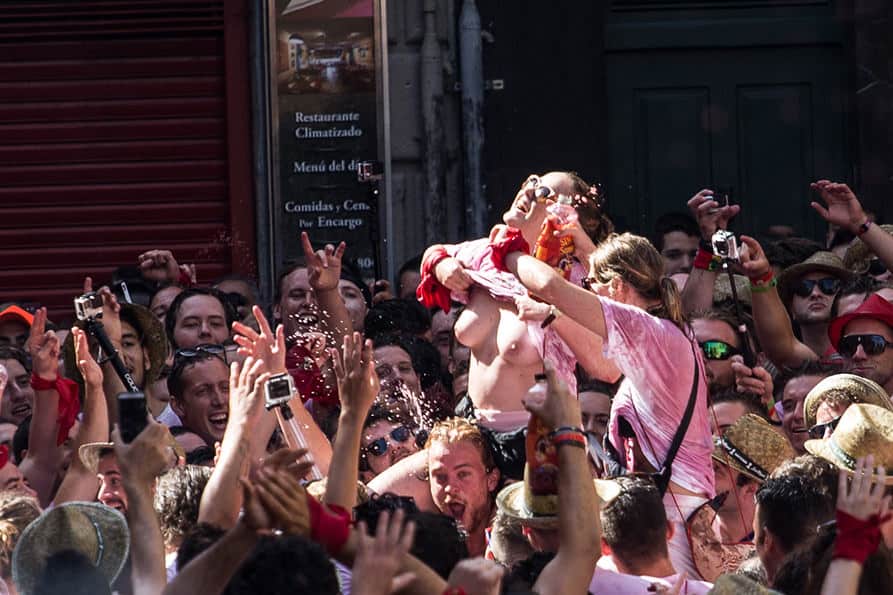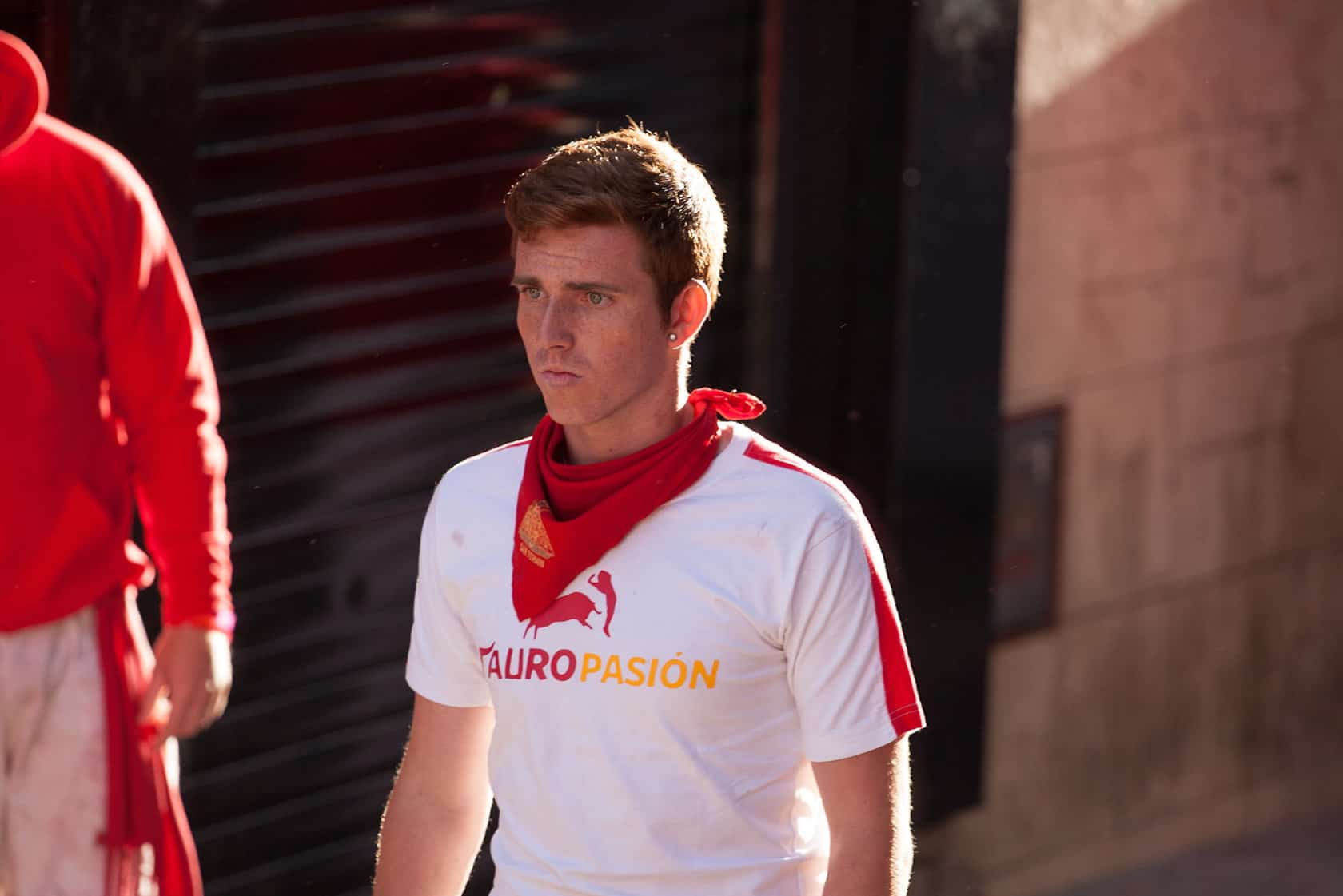It’s your fault, John, a friend once told me over a beer on the first night of the fiesta in Pamplona. You are Hemingway’s grandson, and as such I hold you genetically responsible for this anarchy, he explained, gesturing at the crowd and shouting out over the noise and the other people who were drinking and already drunk at the bar and in the surrounding streets.
Words by: John Hemingway & Photos by: Michael Hemingway

To be sure, La Fiesta de San Fermin, held every year from the sixth of July to the fourteenth is the bacchanal to end all bacchanals. It is also arguably the greatest party on earth and perhaps one of the few places left on this planet where you can see for yourself every morning at eight o’clock that everything in life is in fact fleeting and ephemeral.
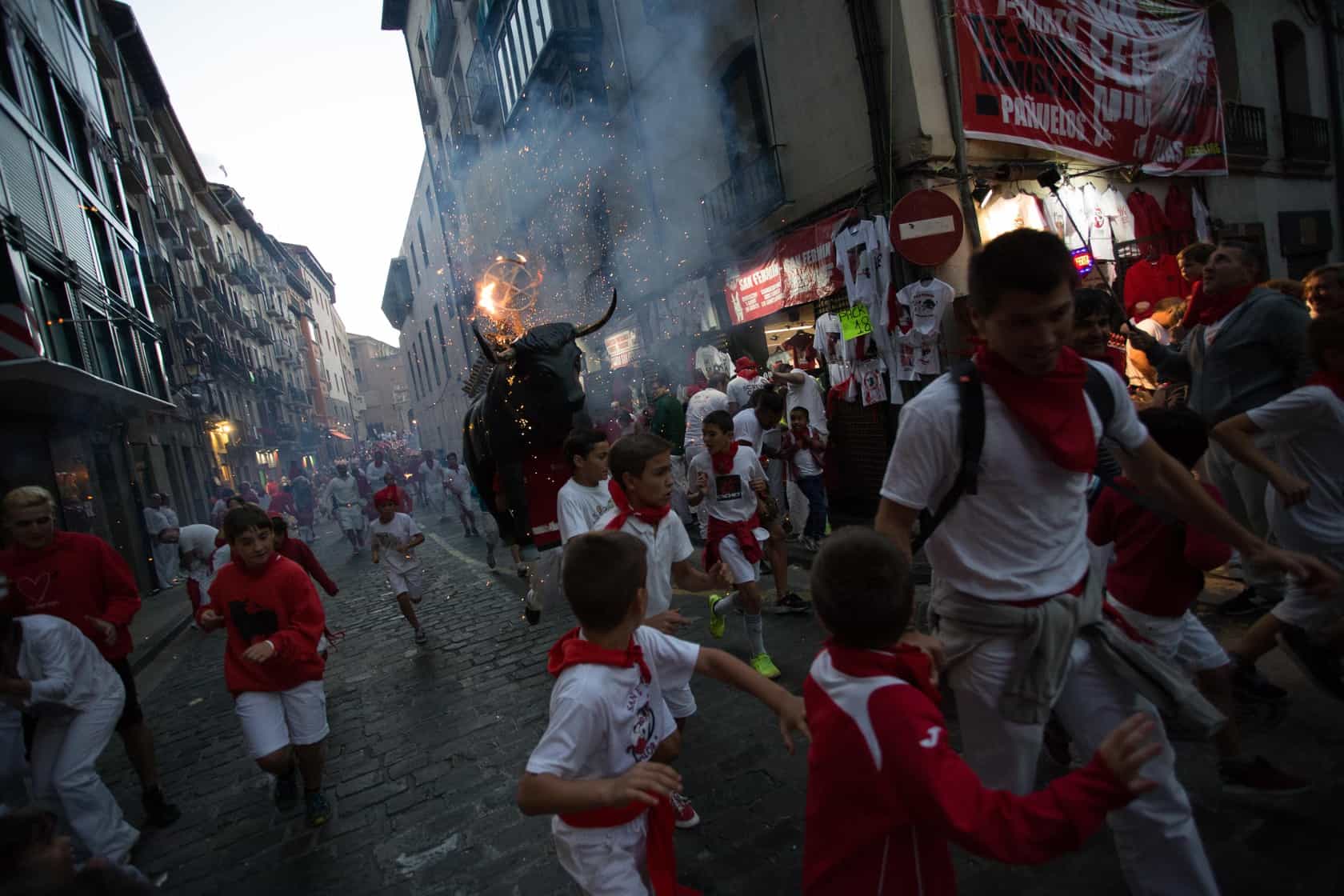
I have run the encierro sixteen times and whenever I’m waiting for the rockets to be fired and the bulls to charge out of their pen I find myself doing things that I think will bring me good luck. I avoid stepping on cracks in the cobblestones. I roll the newspaper that I carry the way I have always rolled it, tightly and holding it in my left hand. I wear the shirt that I believe has protected me in the past, even though I know full well that the Toro Bravo is a wild animal and that there is nowhere I can hide and nothing that can be done to stop them when they come.
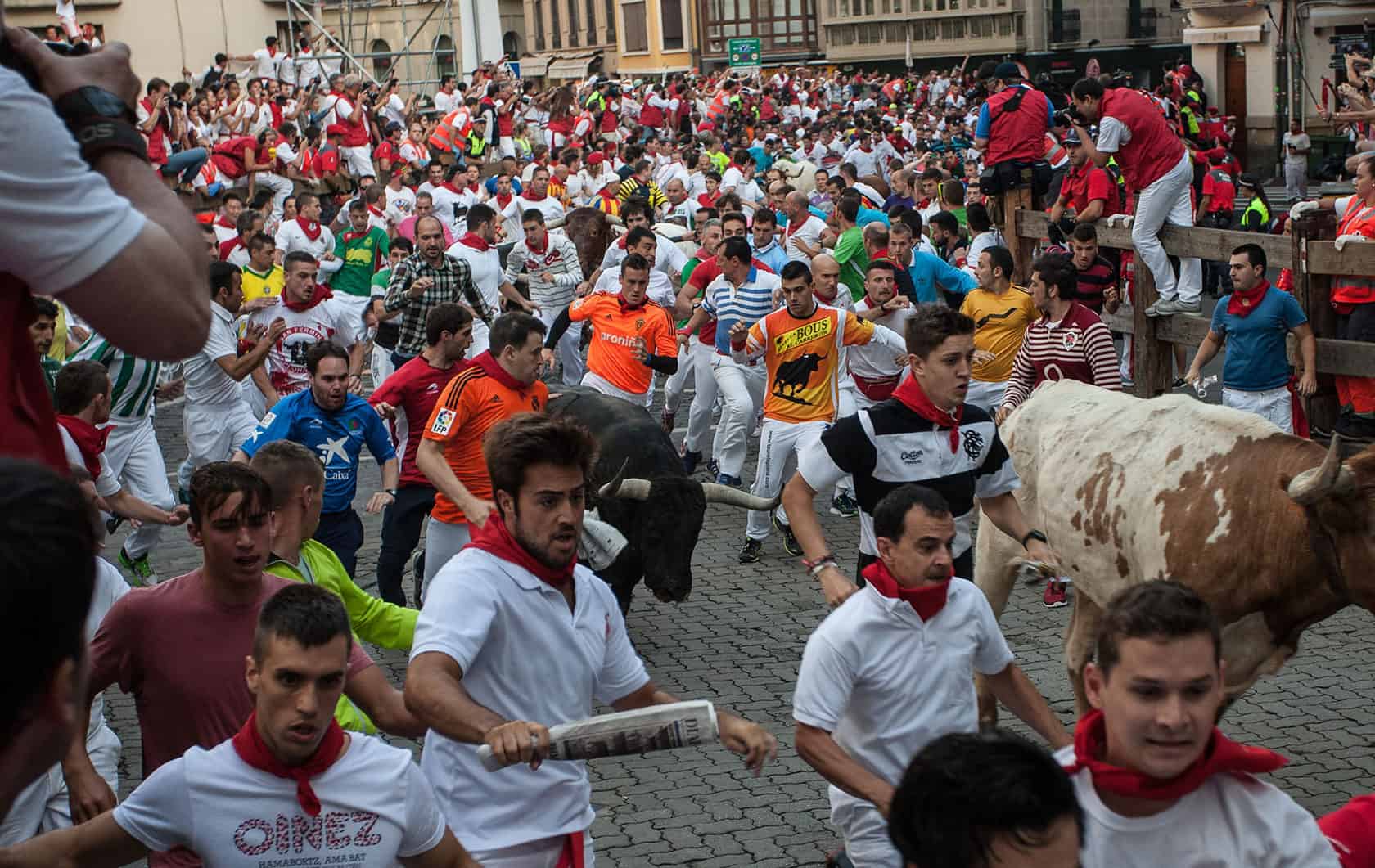
If the six bulls are together with the steers that lead them up the course and the group is compact then usually there is little to worry about. The bulls feel safer when they are with the herd. The trouble starts when one of them is separated from the rest and becomes a “suelto” as the Spanish call them, a lone bull. Feeling isolated it will often try to stake out its territory attacking anything that moves.
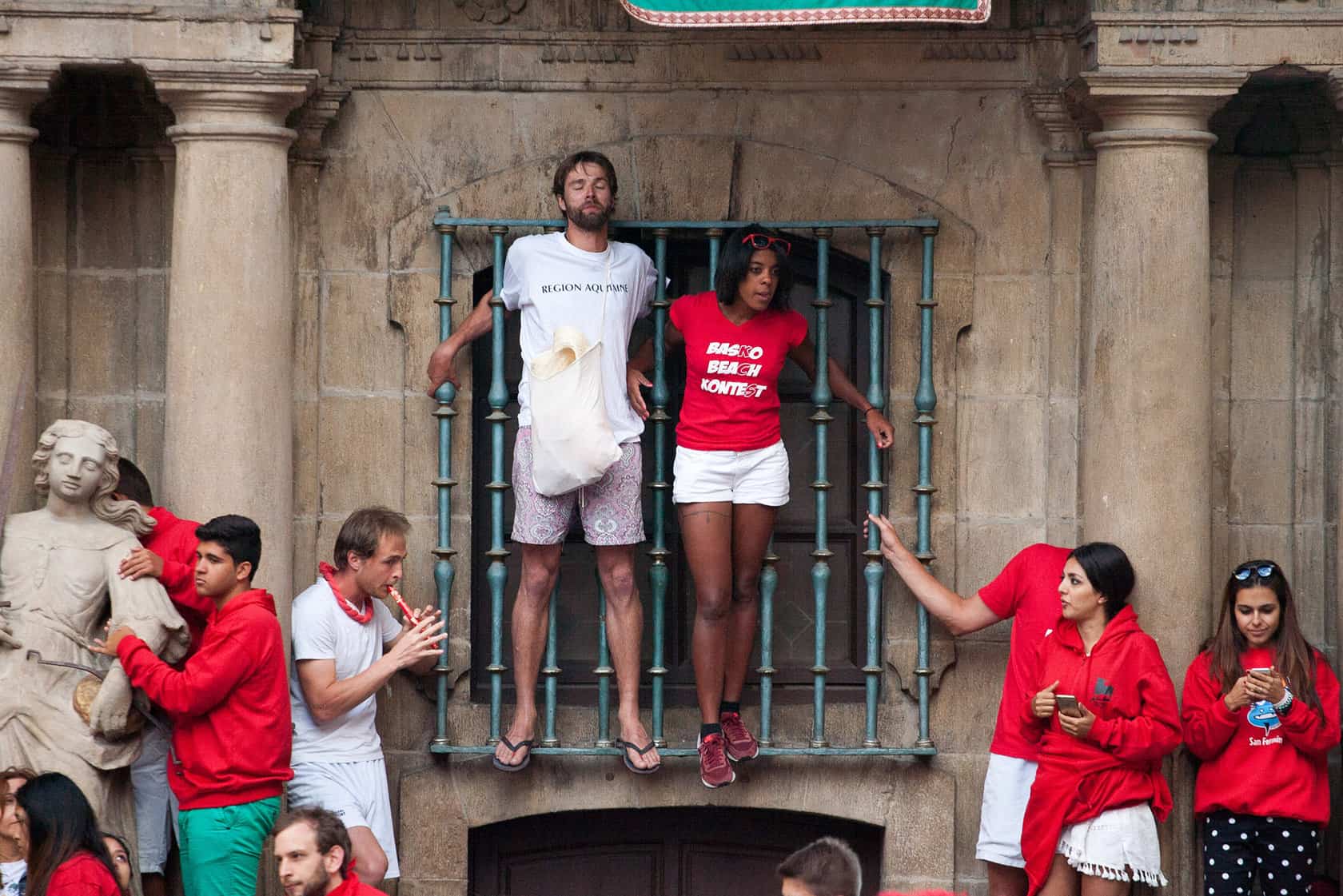
A few of my friends actually choose to run in front of the bulls, or on the horns as they call it, coming as close to disaster as they can. But here the objective is not to die. The objective is to run as one with the herd and to feel its power and strength. Some describe it as an almost mystical feeling, a connection to the ancestral hunt and a cultural link to the roots of early European art as depicted on the caves of Lascaux. Others see it as a curious mix of freedom and adrenaline in a world that has largely forgotten what it is to be a man.
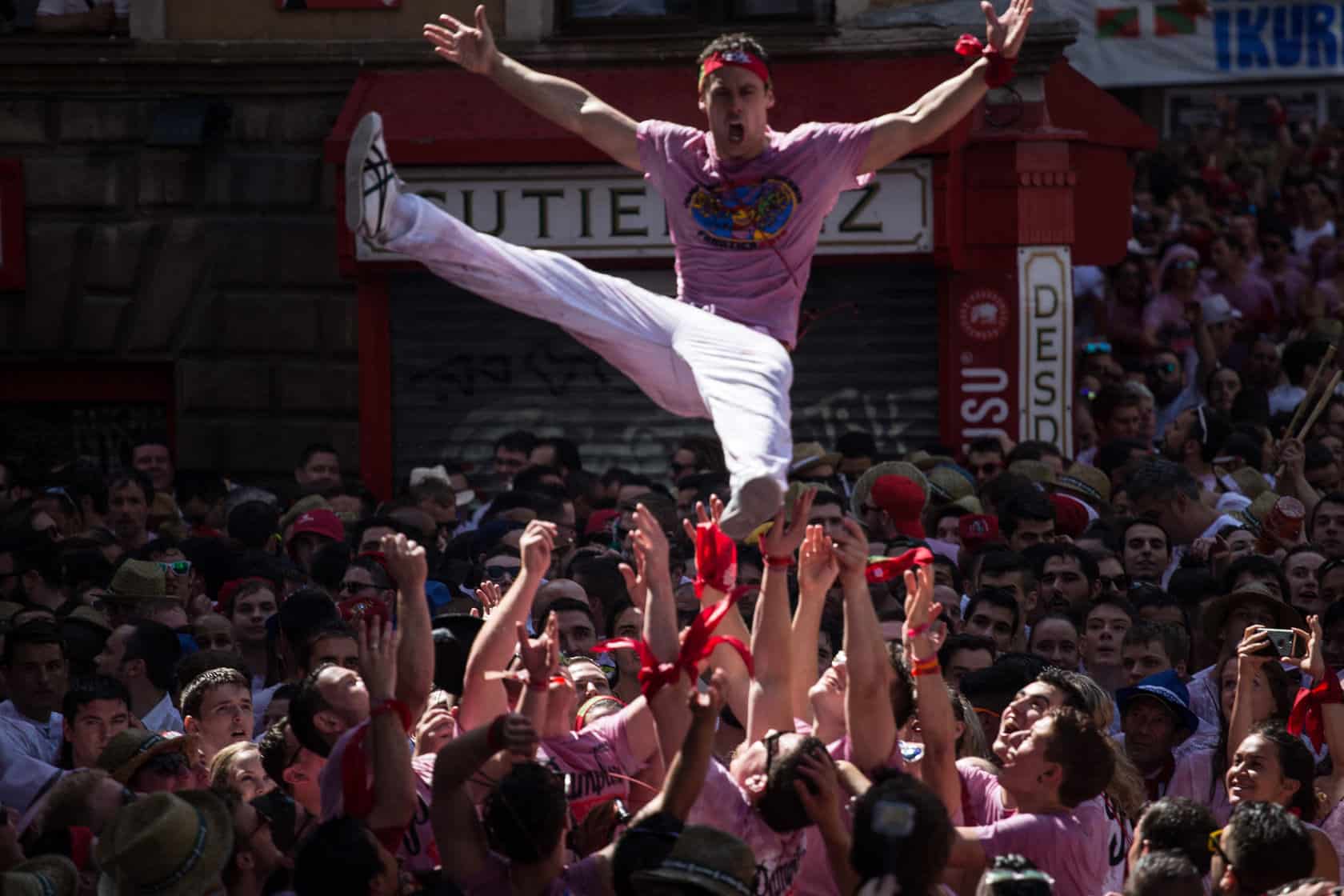
But both groups I’m sure would agree with me that the most beautiful thing about the running of the bulls or the fiesta is that you never really know what is going to happen. The party in Pamplona is spontaneous. The people you meet, the things you see, the bull that narrowly misses killing you in the morning (or doesn’t), all of this happens unexpectedly, and then is gone. Leaving you, however, with the sensation that you have finally lived life to its fullest.




